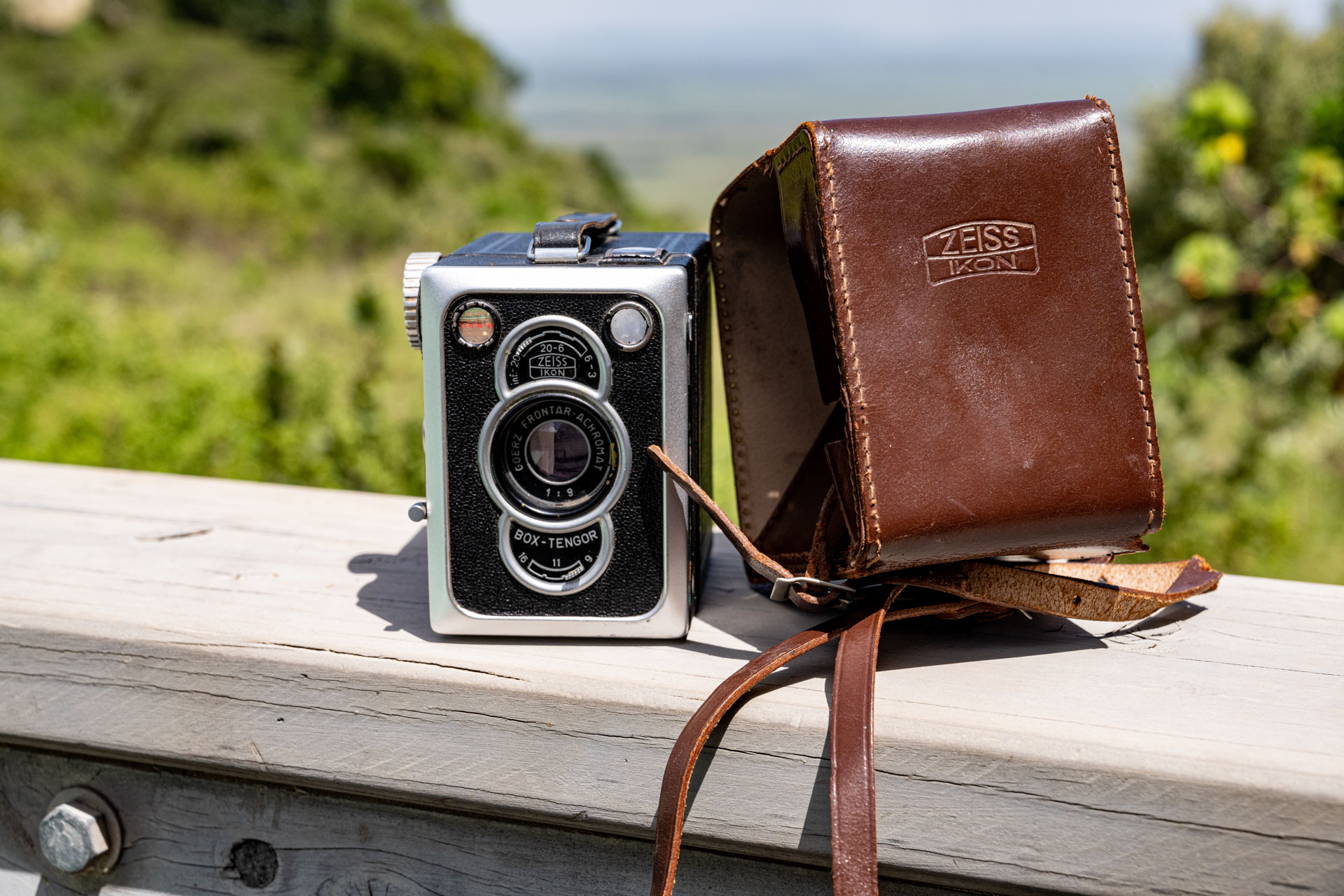
I am fascinated by old film cameras having worked with them a bit at a camera repair shop. I distinctly remember the nostalgic musty scent of these elaborate mechanical machines wrapped in leather cases. When I was asked to look at some film cameras acquired by Angama I was thrilled, as many of them date back nearly 100 years, between the 1920s and 1930s. I chose a Zeiss model — a portable box-style camera — and quickly took it apart. Finally able to get the camera working again, I loaded it with colour and then black and white film, sending the rolls to South Africa to be developed and scanned, some of which appear in this blog.


The 'Brownie Box' camera was a simple and affordable camera first introduced by the Eastman Kodak Company in 1900. It was one of the first cameras designed for the average person and marketed as a way to bring photography to the masses. Before the Brownie, cameras were large and cumbersome, often requiring a tripod and a significant amount of technical expertise to operate. The Brownie was small, lightweight and easy to use, making it ideal for people to take pictures on the go, without having to rely on professional photographers. All this made it ideal for people to take photos on their travels.
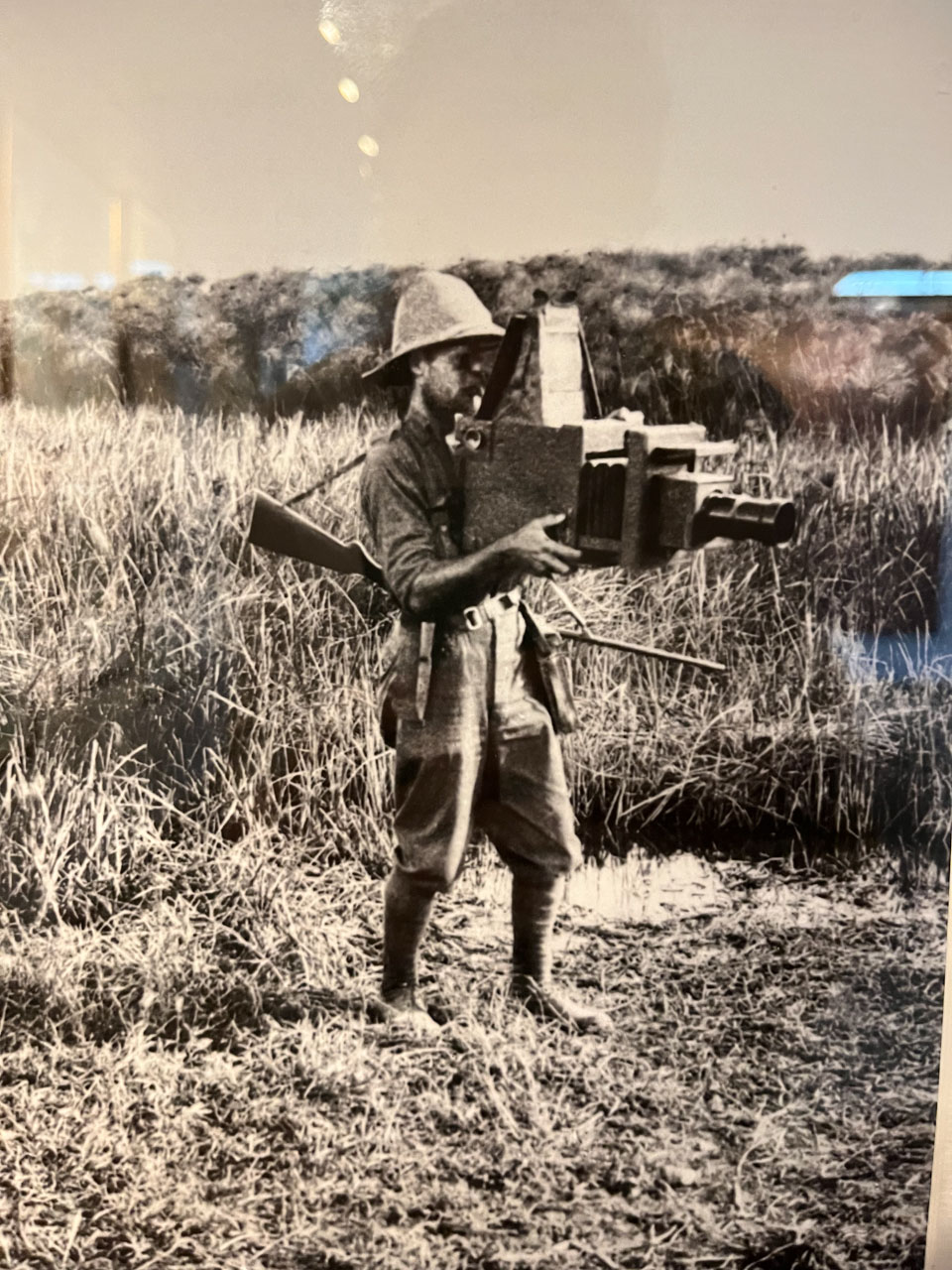
In addition, the Brownie’s simple design and low price revolutionised photography making it instantly more accessible. The success of the Brownie paved the way for other affordable and portable cameras helping to establish the taking of photos as a widely popular hobby, eventually leading to today's cellphone — essentially a portable camera — now owned by more than two-thirds of the world’s population. Even though digital photography has changed the medium forever, it is easy to forget that photography as a form of visual expression is still only about 200 years old.
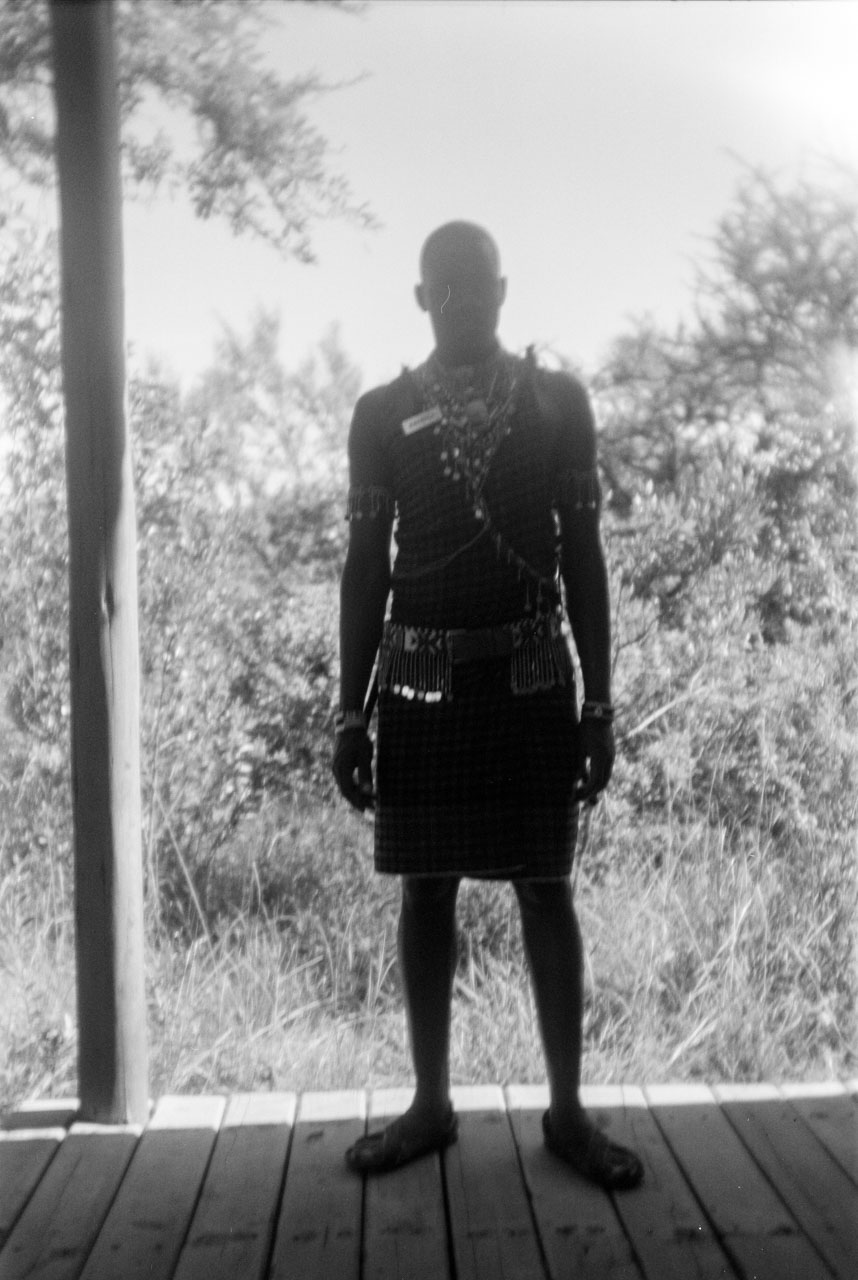

In the late 19th and early 20th centuries, Africa was a popular destination for European and American big game hunters who traveled to the continent to hunt exotic animals. This was not only seen as a sport but also a means of demonstrating one's masculinity and courage. However, in the early 20th century, a few pioneering photographers began to challenge these notions by capturing images of African wildlife instead of killing them, creating the notion of 'photographic safaris' and safari travel as we know it today.
Angama Mara has drawn much inspiration from the wonderful Kenyan love story 'Out of Africa', and several scenes from the film were filmed around the lodge. Denys Finch Hatton was a British guide and explorer that lived in Kenya from 1910 until his death in 1931 and was instrumental in popularising experiential tourism in Kenya, himself shifting from hunting to photographing wildlife. He came to believe that the true beauty of Africa could only be experienced by living in harmony with the landscape and wildlife, emphasising the importance of preserving the natural environment while respecting local communities and that tourism could be a force for good in Africa, creating employment opportunities and raising awareness about conservation.
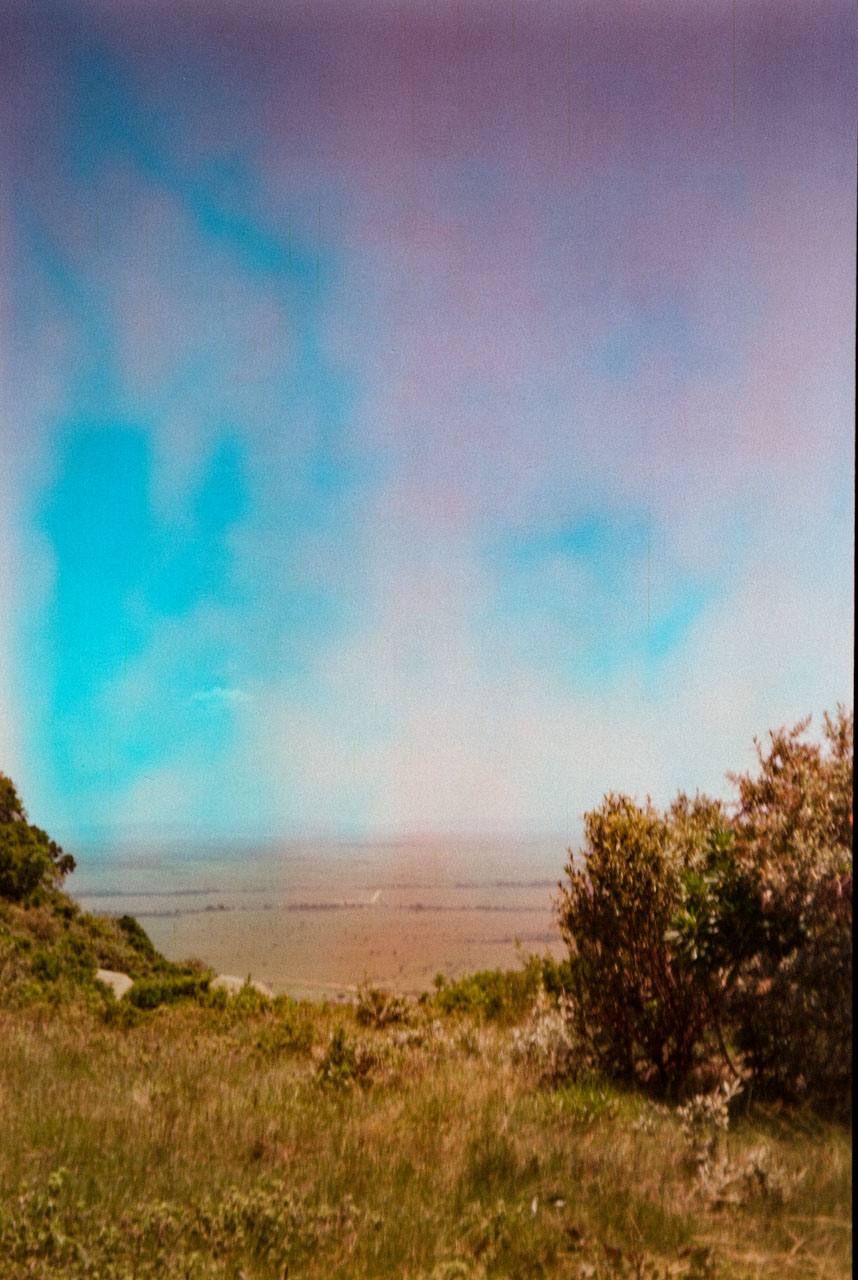
Perhaps one of the most influential photographers and conservationists of the 20th century was American Peter Beard, whose book 'The End of the Game', published in 1963, featured powerful images of the death and destruction wrought by hunting and poaching in East Africa. Subsequently, conservation and photographic safari travel as a way of appreciating African wildlife and culture took off.
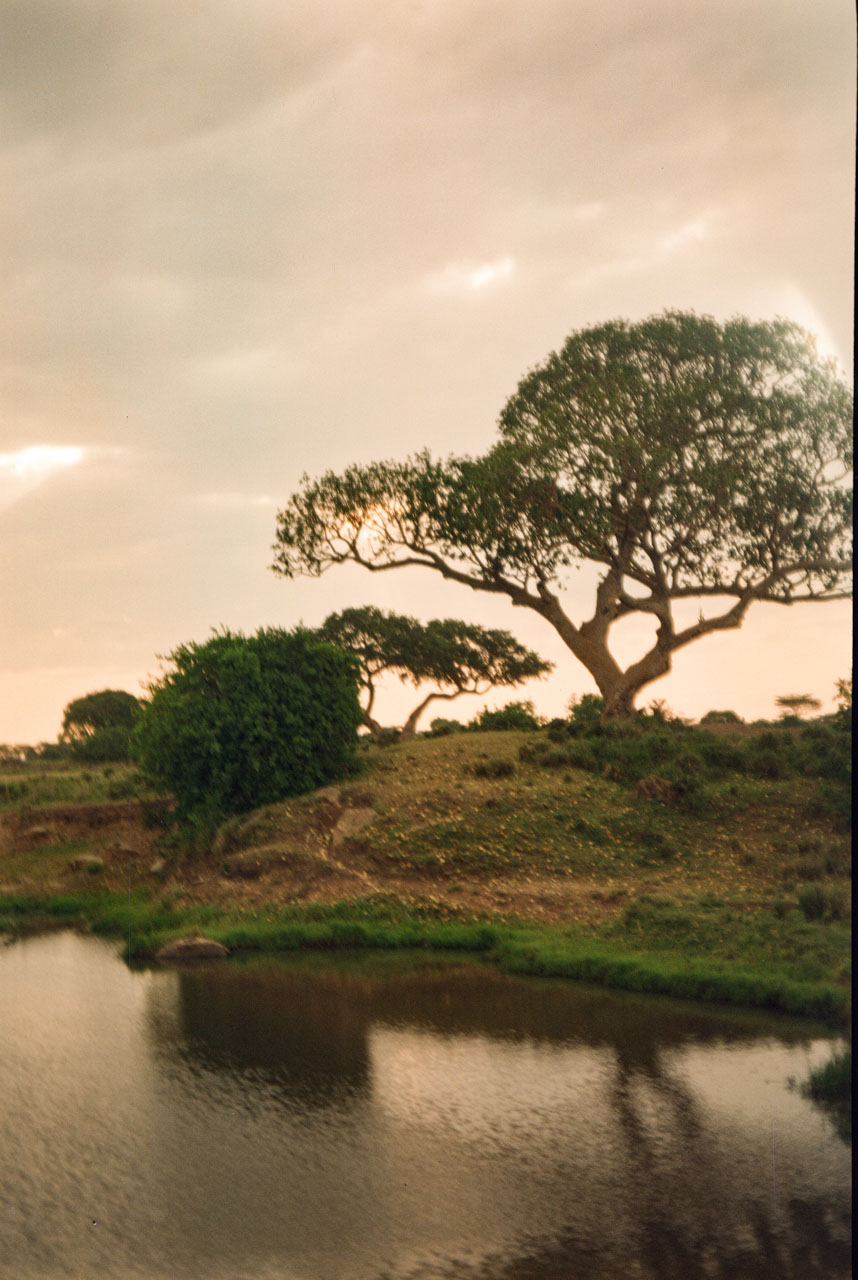

Today, some African countries have banned big game hunting or imposed strict regulations on it, making safaris the best way for people to experience the thrill of seeing African wildlife up close. As we see with The Greatest Maasai Mara Photographer of the Year competition, photography can play a significant role in conservation efforts, raising awareness about the need to protect the natural world. These images can be used for documentation, education, advocacy and even as a research tool to build support for conservation efforts, ensuring these they are protected for future generations.
The camera used to take these photos was a Zeiss Ikon from the 1930s and the film was Gold 200 Color and TMAX 100 Black and White.
Filed under: Inside Angama
Subscribe for Weekly Stories
Comments (0):
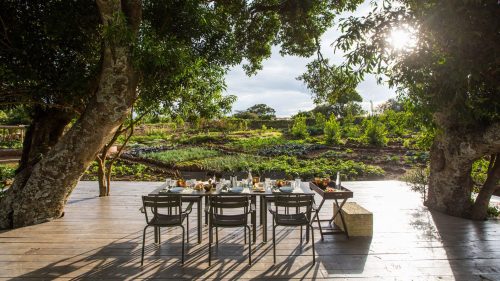
The Angama Shamba